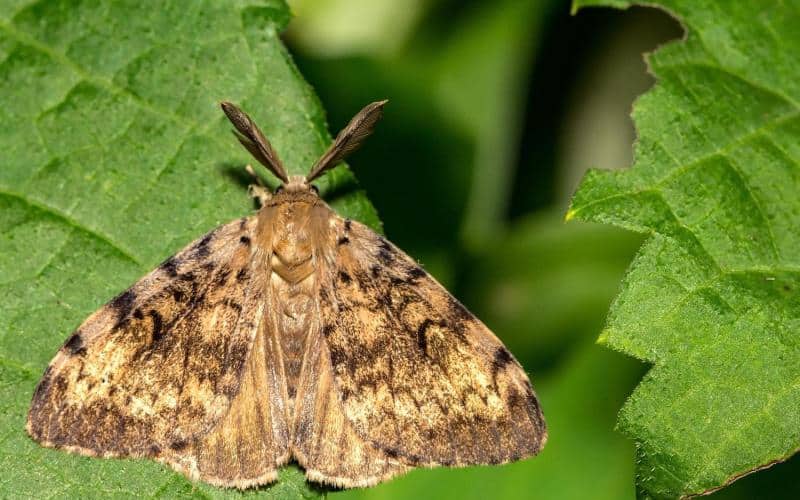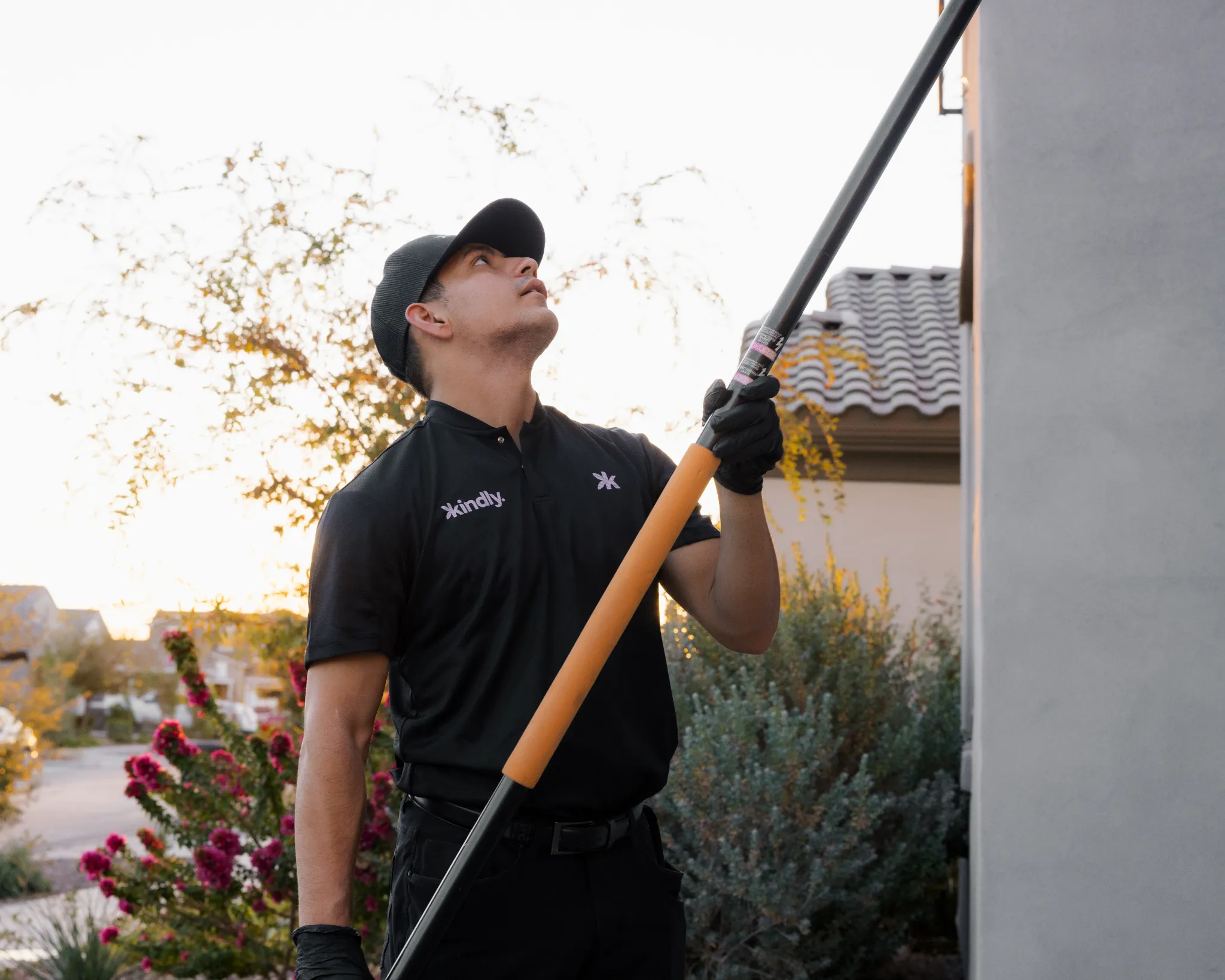How to Keep Moths Out of My Closet in Phoenix: A Comprehensive Guide to Effective Prevention and Control Strategies
Discover effective strategies to safeguard your closet from moth infestations in Phoenix with this comprehensive guide. Delving into prevention techniques, control measures, and practical tips, this article equips readers with the knowledge needed to protect their clothing and belongings from these pesky pests.
Gain insights into the unique challenges posed by the Arizona climate and learn how to create a moth-free sanctuary in your home.

Understanding Moths and Their Behavior
Types of Moths Commonly Found in Phoenix
Moths are a common nuisance in many households, particularly in Phoenix, where the warm climate can foster their growth. The two primary types of clothes moths that you may encounter are the webbing clothes moths and the casemaking clothes moths.
-
Identification of common moth species: Webbing clothes moths are typically small, about 1/2 inch long, and have a golden or silvery color with distinctive fringed wings. Casemaking clothes moths are similar in size but can be identified by their unique cases made from fibers and debris.
-
Lifecycle and habits of clothing moths: Adult clothes moths lay eggs on natural fibers, such as wool, silk, and cotton. Once the eggs hatch, the larvae begin to feed on the fibers, leading to significant damage to clothing and textiles.
-
Impact of moth infestations on clothing and belongings: Moth infestations can result in unsightly holes in your favorite garments and costly damage to other belongings, making early detection and prevention crucial.
Why Moths Are Attracted to Your Closet
Understanding the reasons moths are drawn to your closet can help you implement effective prevention strategies.
-
Factors that attract moths to clothing: Moths are particularly attracted to clothing that has been worn and contains body oils or food stains.
-
The role of natural fibers in moth infestations: Natural fibers, such as wool and silk, provide an ideal food source for moth larvae, making them more susceptible to infestations.
-
Environmental conditions that favor moth activity in Phoenix: The warm, dry climate of Arizona can create an environment conducive to moth activity, especially in poorly ventilated areas.
The Unique Challenges of Moth Prevention in Phoenix
Climate Considerations
The climate in Phoenix presents specific challenges for moth prevention.
-
How Arizona’s dry climate affects moth behavior: While dry conditions may deter some pests, moths can thrive in the warmth, making it essential to remain vigilant.
-
Seasonal patterns of moth activity in Phoenix: Moths are most active during the warmer months, particularly in late spring and summer, when they are more likely to reproduce.
-
Importance of humidity control in moth prevention: Maintaining a balanced humidity level in your home can help deter moths, as they prefer environments with higher moisture levels.
Common Areas of Infestation
Identifying potential hotspots for moth infestations is crucial for effective prevention.
-
Identifying hotspots for moth infestations in your home: Closets, attics, and storage areas are common locations where moths can thrive.
-
The significance of closets, attics, and storage areas: These areas often contain natural fibers and are less frequently disturbed, making them ideal breeding grounds for moths.
-
How to assess the risk of moths in your living space: Regular inspections and monitoring can help you identify potential risks and take action before infestations occur.
Effective Prevention Strategies
Decluttering and Organizing Your Closet
A well-organized closet can significantly reduce the risk of moth infestations.
-
The importance of regular cleaning and maintenance: Regularly cleaning your closet and removing any items that are no longer needed can help deter moths.
-
Tips for organizing clothing and belongings to deter moths: Store clothing in a way that allows for airflow and avoids overcrowding, which can create a perfect environment for moths.
-
Utilizing airtight storage solutions for seasonal items: Consider using airtight bins for seasonal clothing to prevent moths from accessing these items.
Choosing Moth-Resistant Materials
Selecting the right materials can help minimize the risk of moth infestations.
-
Recommendations for moth-resistant fabrics: Fabrics such as polyester and nylon are less attractive to moths compared to natural fibers.
-
How to select clothing and textiles to minimize risk: When purchasing new clothing, opt for synthetic materials or blends that are less likely to attract moths.
-
The benefits of synthetic fibers versus natural fibers: Synthetic fibers do not provide a food source for moth larvae, making them a safer choice for your wardrobe.
Natural Repellents and Deterrents
Utilizing natural repellents can provide an eco-friendly approach to moth prevention.
-
Overview of natural moth repellents (e.g., lavender, cedar): Natural repellents like lavender and cedar are known to deter moths effectively.
-
How to effectively use essential oils and herbs: Incorporate essential oils into your cleaning routine or use sachets filled with dried herbs to keep moths at bay.
-
DIY moth repellent sachets and their application: Create your own sachets using lavender or cedar chips and place them in closets and drawers for added protection.
Control Measures for Existing Infestations
Identifying Signs of Moth Infestation
Recognizing the signs of a moth infestation early can help mitigate damage.
-
Common indicators of moth presence: Look for signs such as holes in clothing, webbing, and the presence of larvae or adult moths.
-
How to conduct a thorough inspection of your closet: Regularly inspect your closet for signs of moth activity, paying close attention to seams and folds in clothing.
-
When to seek professional pest control services: If you notice a significant infestation, it may be time to consult with a pest control professional.
Treatment Options for Moth Infestations
If you find yourself dealing with an infestation, several treatment options are available.
-
Overview of chemical and nonchemical treatment methods: Options include insecticides, traps, and natural remedies.
-
How to safely use insecticides and traps: Follow the instructions carefully and ensure proper ventilation when using chemical treatments.
-
The importance of follow-up treatments and monitoring: Regular monitoring and follow-up treatments are essential to ensure that moths do not return.
Maintaining a Moth-Free Closet
Regular Maintenance Routines
Establishing a regular maintenance routine can help keep your closet moth-free.
-
Establishing a cleaning schedule to prevent infestations: Create a cleaning schedule that includes regular inspections and cleaning of your closet.
-
Seasonal checks and preventive measures: Conduct seasonal checks to ensure that your closet remains free of moths.
-
Importance of monitoring and adjusting storage practices: Be proactive in adjusting your storage practices based on seasonal changes and potential risks.
Educating Household Members
Involving your family in moth prevention can enhance your efforts.
-
How to involve family members in moth prevention: Share information about moth behavior and prevention strategies with your household members.
-
Creating awareness about moth behavior and prevention: Educate your family on the importance of keeping the closet clean and organized.
-
Tips for fostering a moth-free environment at home: Encourage everyone to participate in regular cleaning and monitoring efforts.
Conclusion
In conclusion, safeguarding your closet from moth infestations in Phoenix requires a combination of effective prevention strategies and control measures. By understanding moth behavior, implementing regular maintenance routines, and educating household members, you can create a moth-free sanctuary in your home.
Additional Resources
- Links to local pest control services in Phoenix
- Recommended reading on moth prevention and control
- Community forums for sharing experiences and tips
By following the strategies outlined in this guide, you can protect your clothing and belongings from the damaging effects of clothes moths. Remember, early detection and proactive measures are key to maintaining a moth-free closet.

Fast Response Time
We know how inconvenient pests are, so we respond quickly and provide service within 24 hours.

Kindly Pest Guarantee
We stand by our work with free re-services. If pests return between your scheduled services, we’ll come back at no cost.

Comprehensive Pest Coverage
Our protection program covers more than just the “easy” pests. We handle 29 of the most common household pests.